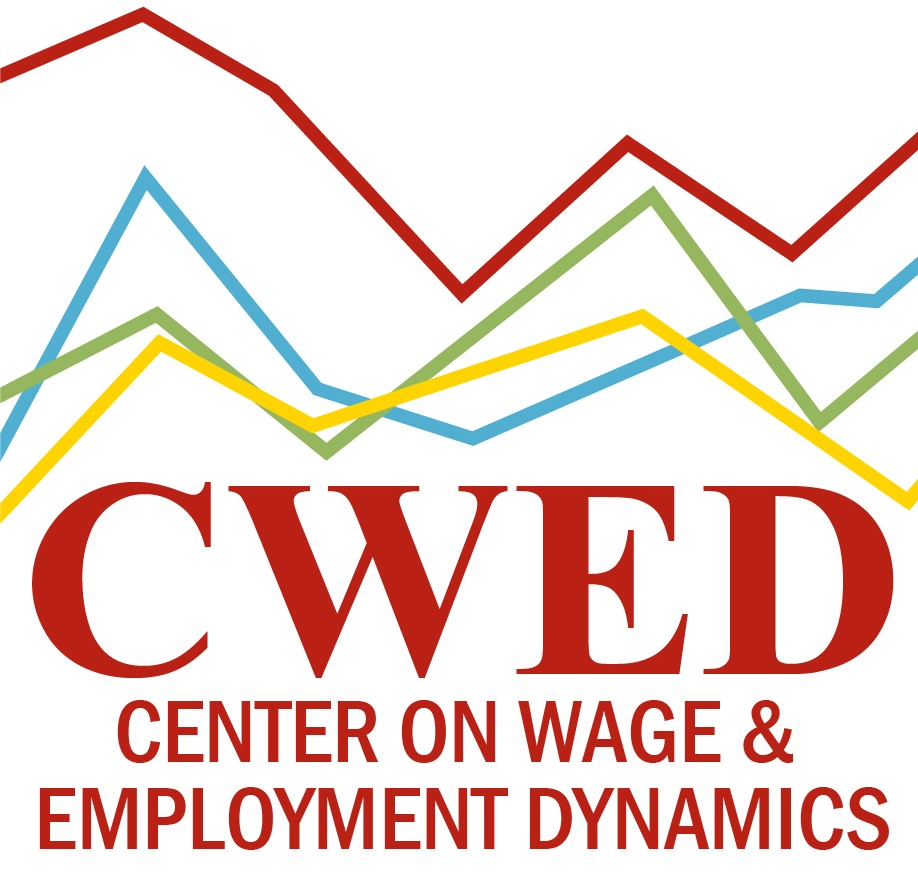As we have shown in our more than a decade and a half of work on the topic, there has been a long-trending erosion of teacher wages and compensation relative to other college graduates.1 Simply put, teachers are paid less (in wages and compensation) than other college-educated workers with similar experience and other characteristics, and this financial penalty discourages college students from entering the teaching profession and makes it difficult for school districts to keep current teachers in the classroom.
This report was produced in collaboration with the Center on Wage and Employment Dynamics at the University of California, Berkeley.
Teacher compensation is not just an issue of staffing: Effective teachers are the most important school-based determinant of student educational performance. To promote children’s success in school, schools must retain credentialed teachers and ensure that teaching remains an attractive career option for college-bound students. Our previous report (Allegretto and Mishel 2019) explains in more detail why providing teachers with a decent middle-class living commensurate with other professionals with similar education is not simply a matter of fairness but necessary to enhance student and economic performance.
We provide this update to our long-standing series on the teacher wage and compensation penalty as the U.S. continues to struggle with the COVID-19 pandemic and the economic consequences. While the data in this paper are through 2019 and thus predate the pandemic, our analysis may provide useful insights as schools struggle to reopen. As a country we have yet to make the necessary investments, and pass the needed policies and procedures (e.g., universal mask requirements and testing, tracing, and isolating protocols) that would allow us to achieve some semblance of normalcy. Teachers and other school staff will continue the business of educating students in these trying times. They and their unions will play a critical role in moving forward in an effective and safe environment.
Key findings
- The teacher wage penalty has grown substantially since the mid-1990s. The teacher wage penalty is how much less, in percentage terms, public school teachers are paid in weekly wages relative to other college-educated workers (after accounting for factors known to affect earnings such as education, experience, and state residence). The regression-adjusted teaching wage penaltywas 6.0% in 1996. In 2019, the penalty was 19.2%, reflecting a 2.8 percentage-point improvement compared with a penalty of 22.0% a year earlier.
- The teacher wage penalty declined in the wake of recent teacher strikes but only time and more data will reveal whether teachers’ actions led to a decline and a turning point. The lessening of the teaching penalty from 22.0% in 2018 to 19.2% in 2019 may reflect pay raises enacted in the wake of widespread strikes and other actions by teachers in 2018 and 2019, particularly in some of the states where teacher pay lagged the most. Unfortunately, the data we have to date are not sufficient to allow us to identify the geographic locus of the improvements in teacher wages and benefits and any association with the recent wave of teacher protests and strikes. Only time will tell if this single data point marks a turning point in teacher pay.
- The wage premium that women teachers experienced in the 1960s and 1970s has been replaced by a significant wage penalty. As noted in our previous research, women teachers enjoyed a 14.7% wage premium in 1960, meaning they were paid 14.7% more than comparably educated and experienced women in other occupations. In 2019, women teachers were earning 13.2% less in weekly wages than their nonteaching counterparts were—a 27.9 percentage-point swing over the last six decades.
- The wage penalty for men in teaching is much larger than it is for women in the profession, and it too has worsened considerably. The teacher wage penalty for men was 16.6% in 1979. In 2019, male teachers earned 30.2% less than similar male college graduates who chose a different profession. This explains, to a large degree, why only one in four teachers are men.
- While teacher wage penalties have worsened over time, some of the increase may be attributable to a tradeoff school districts make between pay and benefits. In other words, school districts may not be giving teachers raises but are instead offering stable or slightly better benefits, such that benefits make up a larger share of the overall compensation package for teachers than for other professionals. In 2019, nonwage benefits made up a greater share of total compensation for teachers (29.3%) than for other professionals (21.4%). In 2004, nonwage benefits share of compensation was 20.7% for teachers and 18.7% for other professionals.
- The benefits advantage of teachers has not been enough to offset the growing wage penalty. The teacher total compensation penalty was 10.2% in 2019 (composed of a 19.2% wage penalty offset by a 9.0% benefits advantage). The bottom line is that the teacher total compensation penalty grew by 7.5 percentage points from 1993 to 2019.
- The teacher wage penalty exceeds 20% in 21 states and in the District of Columbia. Teacher weekly wage penalties for each state, computed using pooled 2014–2019 data, range from 2.0% in Wyoming to 32.7% in Virginia. In 21 states and the District of Columbia teachers are paid less than 80 cents on the dollar earned by similar college-educated workers.

No comments:
Post a Comment